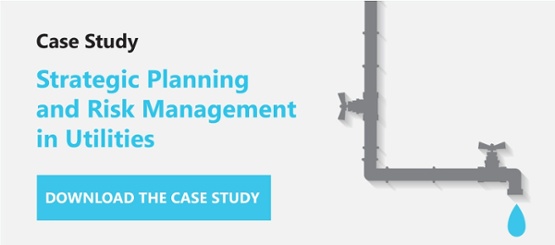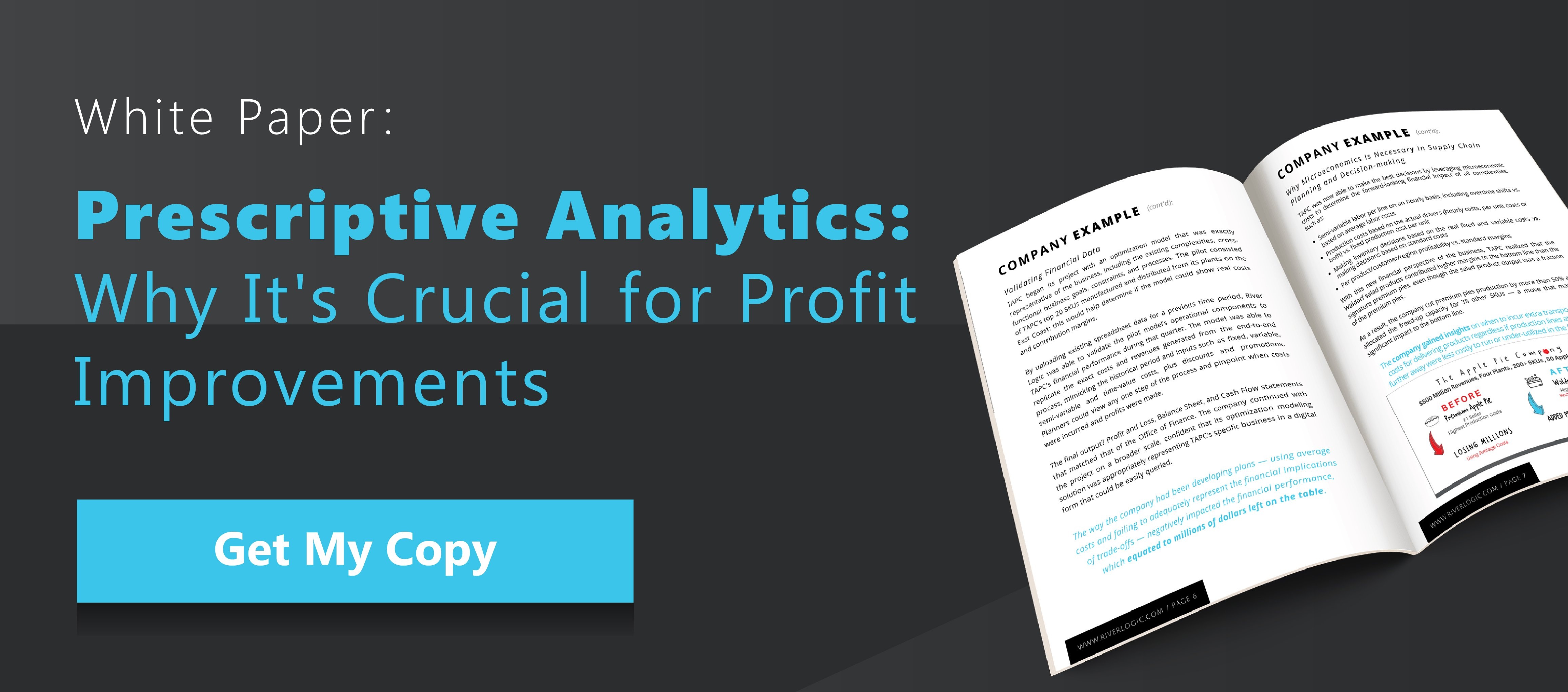In the context of COVID-19, the risk is not just limited to the possibility of death after contracting coronavirus, but also that the virus is so infectious. This means it spreads quickly, potentially overwhelming local medical resources, as well as causing economic disruption.
But if we look back to the events of 2019 and earlier, it’s clear there are many other types of supply chain risk that might not be as disruptive, but can certainty stop your supply chain.
While the principle behind managing supply chain risk is simple, successful implementation is much more difficult. Current methods of assessing supply chain risk have several weaknesses, and events such as COVID-19 show the need for improvement.
What Is Supply Chain Risk Management: A Brief Refresher
The conventional approach to supply chain risk is to:
- Identify risk
- Assess and rate risk probability
- Mitigate the risk
Usually conducted as a form of brainstorming exercise and supported by supply chain risk management software, an organization identifies the biggest risk challenges (link to white paper?), determines their economic impact and devises plans to avoid, reduce and mitigate risk events.
Weaknesses of Current Methods of Assessing Supply Chain Risk and What to Do
Much has been written about supply chain risk management. The process is rigorous and complex. The APICS Supply Chain Council’s report on supply chain risk explains the various steps organizations take to identify risk profiles, prepare checklists and prepare plans. These processes are an important element of any supply chain risk management program and useful for determining how to handle predictable risk.
The weakness of such supply chain risk management tools is they are limited to predetermined risks and of little use when something totally unexpected, such as the COVID-19 pandemic, happens.
Here are six improvements to supply chain risk management you need to make now.

1) Switch from Static to Dynamic Modeling
The outcome of a supply chain risk assessment is usually a voluminous report covering many eventualities. Without detracting from this work, a fundamental problem exists in that it’s a static document that needs frequent updating to be of any real use.
A dynamic risk model, however, can represent the current supply chain reality. Using a technique known as optimization modeling, a mathematical model of the supply chain is prepared, and through applying well-established optimization techniques, it’s possible to accurately evaluate supply chain risk and determine remedial actions.
2) Review Business Continuity Planning
Most supply chain risk models focus on keeping supply chains operational. Fewer look at the risk of a total shutdown such as what has happened with the recent pandemic. As the number and ferocity of natural disasters continue to increase, it’s essential to have plans in place to survive a forced shutdown where you can’t conduct business for weeks or months.
To do this, you need to review business continuity planning and determine ways to survive total closure of your business for a period of time. While this may entail taking drastic steps, it’s better to survive rather than join the ranks of permanent business closures.
3) Reduce Supply Chain Risk Through Force Majeure Clauses
You can be sued for non-delivery on a contract even through no fault on your part, such as has happened with mandatory shutdowns arising from the coronavirus pandemic. As part of mitigating supply chain risk and to limit financial risk, insist on including Force Majeure clauses in your contracts. If you can’t deliver as a result of unforeseeable circumstances, a Force Majeure clause releases you from financial liability and protects against being sued.

4) Develop Flexible Solutions to Support Business Recovery
As has been demonstrated by the shutdown in China, many U.S. manufacturers dependent on Chinese suppliers have been forced to limit or stop production. This is largely because of single sourcing policies that strive to reduce overall cost. This is not unique; it has happened before following the Fukushima tsunami.
Isn’t it time to reduce supply chain risk by reviewing supply chain sourcing strategies and possibly accepting higher costs by adopting flexible solutions? Examples include:
- Sourcing locally
- Dual product sourcing from different regions
- Developing contingency plans
5) Identify Mitigation Strategies
You are in business to make money and know a certain degree of risk is inevitable if you are to succeed. It’s not possible to avoid all supply chain risks, but you can mitigate them. To illustrate the point, oil and petrochemical companies routinely hedge against unfavorable changes in the price of oil that could impact their revenue.
The question arises as to which risks are acceptable, which should be avoided and which should be mitigated. It’s possible to add depth to risk mitigation strategies through integrated business planning processes that evaluate the financial impact of risk to the organization as a whole.
6) Evaluate the Benefits of Advanced Analytics for Assessing Supply Chain Risk
While organizations have ERP and other financial packages for day-to-day business management, risk assessment is still largely a manual process aided by software used to map out supply chains and calculate risk.
The problem is that this doesn’t really reflect how the organization works, nor is it capable of accurately calculating the true costs of supply chain risk. The solution lies in using prescriptive analytics to accurately model the supply chain, evaluate risk scenarios and determine optimal risk mitigation strategies.
Adopt Better Supply Chain Risk Management Strategies and Survive in an Unpredictable World
Financial, economic and political instability in the world appears to be getting worse. At the same time, climate change appears to be precipitating more abnormal weather events. All of this together with viral pandemics create a perfect storm that increases supply chain risk, something noted as far back as 2014.
In such an environment, static supply chain risk strategies don’t work. The only solution is a dynamic approach that uses prescriptive analytics to intelligently model your business together with solver software that enables you to determine optimal decisions for reducing supply chain risk.







